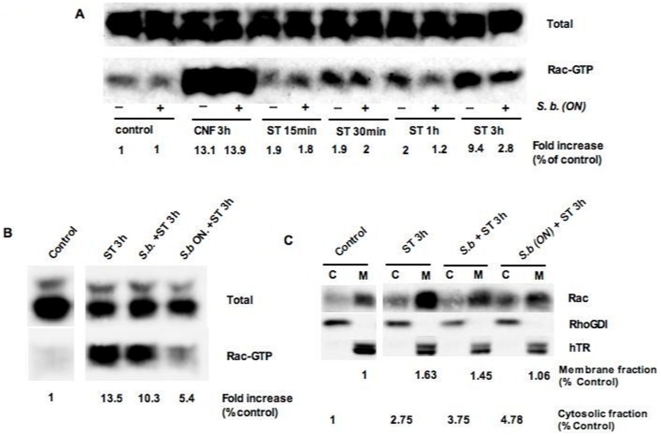Figure 7. S. boulardii prevents Rho-GTPase Rac1 signaling pathway in HeLa cells.
(A) Activation of Rac1 in cells infected for various time with S. Typhimurium (ST) strain SL1344 in the presence or absence of S. boulardii (Sb) (representative of five independent experiments). (B) Activation of Rac1 in cells infected for 3 h by ST alone or ST and Sb added at the same time and in cells exposed overnight to Sb prior infection (representative of two independent experiments). At indicated time, cells were lysed and GTP-bound Rac1 were precipitated from lysates by incubation with GST-PAK, resolved by SDS-PAGE and analyzed by immunoblotting using anti-Rac1 antibody. The control lane contained uninfected cells. CNF1 is a toxin produced by uropathogenic E. coli that activate Rac1 [34] and it is used in this study as a positive control. (C) Immunoblots showing the distribution of Rac proteins between membrane (M) and cytosolic (C) fractions in HeLa cells infected with ST for 3 h alone or in the presence of Sb (representative of two independent experiments). Immunoblots were performed with RhaGDI as loading control for cytosolic fraction and human Transferrin Receptor (hTR) was used as loading control for membrane fraction. Densitometry was performed using Multi Gauge software.

